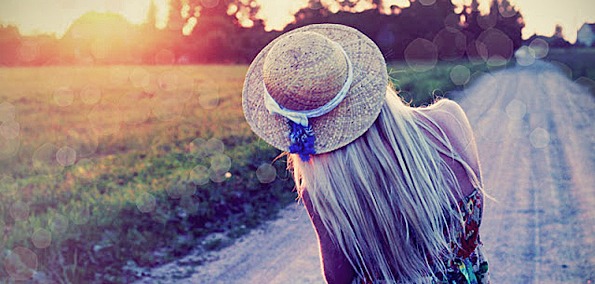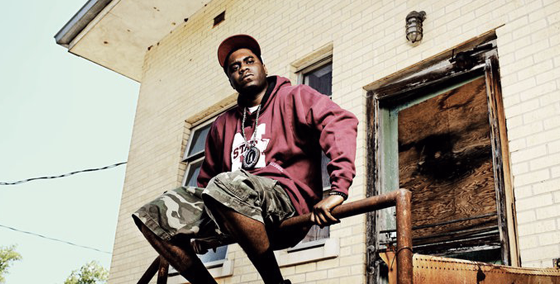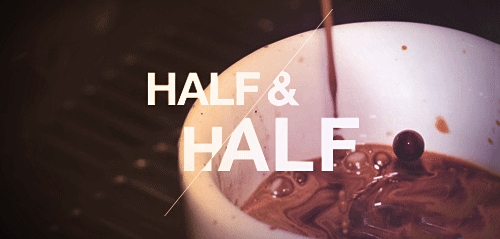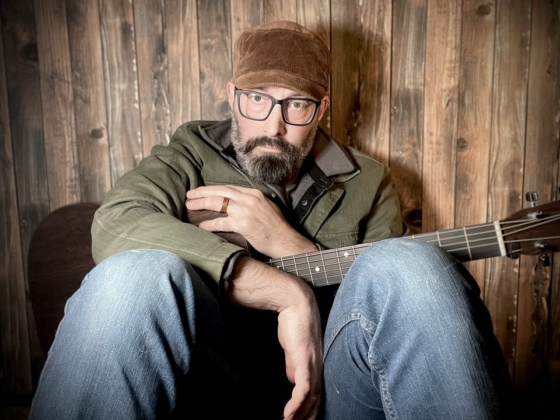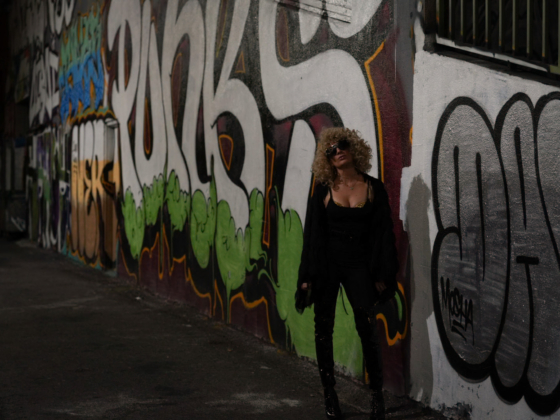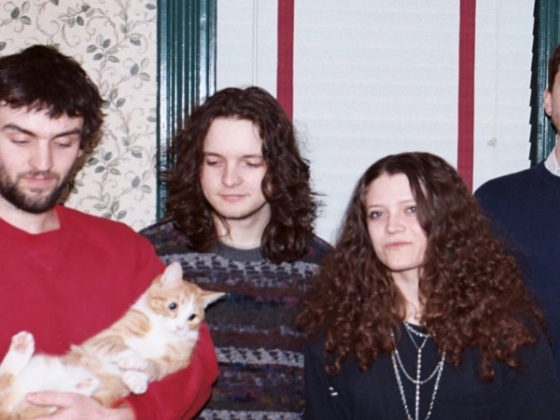EARMILK: Can you describe your physical environment right now? What's happening around you?
Jonathan Relph: I'm below ground level, it's dry and cool and I'm surrounded by the general disarray of musical gear, instruments and my computer.
EM: You are THE man behind Indoor Voices. Tell us about how this musical movement began?
JR: In the 80s I was a paperboy. I used to hum songs, my own random creations, to myself along my route. I'd imagine I was a funny sight. As an artist, I'm compelled to create, but I don't think that I'm satisfied for it to be a hobby, or never see the light of day. Giving something that you create a name and putting it out there is a way of solidifying your commitment to it. Everything we create is a progression from the work preceding it. Indoor Voices is my progression from what came before it.
EM: What was the experience of creating Nevers like? Take us to through the writing, recording and producing process please.
JR: There is a consistency in the songs that I write in that they all contain, or in some stage of the recording process contained, a form of textural backdrop. These starting points are often little bits that I would come up with on a loop pedal. Sometimes creating them, leaving the pedal on, and then coming back to it weeks later. Adding vocal scratch tracks, singing the first things that come into my head, these often make it into the final product, as there's usually an intangible urgency in those first takes. When I over think words or delivery of those words, I usually homogenize the end result. I realize that a lot of songwriters make it a goal to tell a story, and in a way my songs are like choose your own adventures. A loose narrative will almost always exist in words, but it's more fragmented snippets which might hint at a larger picture.
I have a phobia of people hearing me while I work and the bulk of the recording took place in my apartment, I had to work in layers to build the volume of the song. I think there is an apparent quietness in the recording as a result. I generally like to build layers in such a way that each individual layer may not work on its own, but as a part of the greater whole is integral. This combined with a lot of happy accidents…
When I was in high school, our grade 12 art class was lucky enough to have the late David Bierk come in and teach us how to paint with oil paints — monochromatic (B&W) self-portraits, no less. Oil is a tricky medium, and when working it on the canvass you have to know when to stop, otherwise it all becomes grey. Music is much like oil paint in this regard. If you add too many layers, you end up with a bloated mess of indefinable greys. No contrast. Once it gets to that point you need to let it dry so that you can go over it or rework it. A few of the songs on Nevers needed to be stripped back to their base layers, before they were built back to completion.
The final mix of the record was done by a friend, ex-bandmate, current bandmate in IV, and brilliant producer Chris Stringer, who I've known for almost as long as I've been alive. Over the years, that we've known one another he's worked on some pretty amazing records for some great bands in Toronto. (Timber Timbre, Ohbijou, The D'Urbervilles.)
The mastering was done by Jeff "Fedge" Elliott, who I've also known for over 10 years now and has an extensive experience in the field.
Having Nevers be my own thing gave me the freedom to call the shots throughout its process, though I did share the songs with many people through their various stages of completion and I paid attention to feedback along the way.
EM: Which is your favourite song from the album?
JR: My personal favourite on the record is “They Said.” I like how the song starts off bare bones, and is saturated by the end. I also love the bass line that my friend, and sometimes collaborator, Clay Jones wrote. In the second chorus, the outside notes take the song to a completely different place than I had ever intended it to go. The first time I heard it I found it unsettling, and wasn't planning on using it. However, upon further listens, I found that my brain would add those notes in even when it was muted. The tension in those notes eventually became my favourite part of the song.
EM: Track "Bastard Fear" is an instrumental that sounds like someone is shuffling through time. What kind of feelings do you get out of this track and of Nevers, collectively?
JR: “Bastard Fear” probably sticks out on this record. I started it around 9 or 10 years ago. Finishing it was a cathartic experience, and without the footage I shot for its little video, it would never have made sense to me as a song. In the past, I have had the tendency to measure a song's success or worth in pursuit based on how pretty the vocal melody was. I tried many times to add vocals and drums to this song, and none of them ever worked. So in around 2003 it was shelved. In 2010, I shot some video footage out of the window of my 28th-storey apartment. In the 4.5 hours of shooting, a storm rolled in, and the sun set. When searching for something to use as an audio track for the video, I came across the incomplete “Bastard Fear,” which started to make sense to me without vocals, it was as if the sped up video was the vocal. Sometimes trying to fit your work into a mould/framework of what you think it should be doesn't work. “Bastard Fear” represents a full cycle, a beginning to end process. Within the context of the record I feel like it's a moment of foreshadowing. As for Nevers as a whole, I'm quite proud of it, even though in moments of doubt I wonder if it's any good.
[youtube]https://www.youtube.com/watch?v=BAuZ9smhUNs[/youtube]
EM: You mentioned the cover art/packaging of Nevers in one of our previous emails. How did you come up the beautiful artwork?
JR: The artwork for Nevers practically created itself. If you are to compare the laser cut cover to the photo on the CD, you'll realize that it's a essentially a two-colour render of the airplane wing and frost crystals on the window. Around the time I first decided that I would complete a record, an artist friend of mine, David Trautrimas had just procured a laser cutter. He suggested to me that I try to think of a way to incorporate it into my artwork — something special that perhaps not everyone is doing.
Given constraints, I excel. The main constraint of laser cutting pertaining to design is that everything which is colour one drops out, and everything that is colour two remains. Working within this limitation is challenging but awesome. The photo on the CD was taken out of the window on a flight home from Paris last April. The happy accident was that the auto-focus decided that I was taking a picture of the window rather than the wing. I've always enjoyed playing with layers, and in sleeve design with a reductive cover I thought that having the lyrics show through would be an interesting approach to make the lyrics/credits sheet (the boring stuff) a functional part of the design.
EM: The album is labeled as "indie rock". What indie rock bands are you currently big fans of?
JR: Currently listening to SISU (synth infused indie rock from LA), Marc Desse (French indie pop music from Paris), Abadabad (you're familiar with them, I've been hooked on them recently and eagerly await a new offering), A Winged Victory For The Sullen (gahhhhhhhh), Serena Maneesh (I think I'll always be their biggest fan), and I Break Horses (their debut Hearts is so amazing).
EM: Thoughts on playing live shows for Indoor Voices?
JR: We have our first show here in Toronto on April 10th. I hope to get some touring in this year.
EM: The year just began and the album was just released. What are you planning on doing now?
JR:Trying to keep writing, and find some sort of support for future endeavours/booking/touring.
EM: I'd like to see an indoor …
JR: .. cat with opposable thumbs so that it can clean up its own mess in the litter box.

